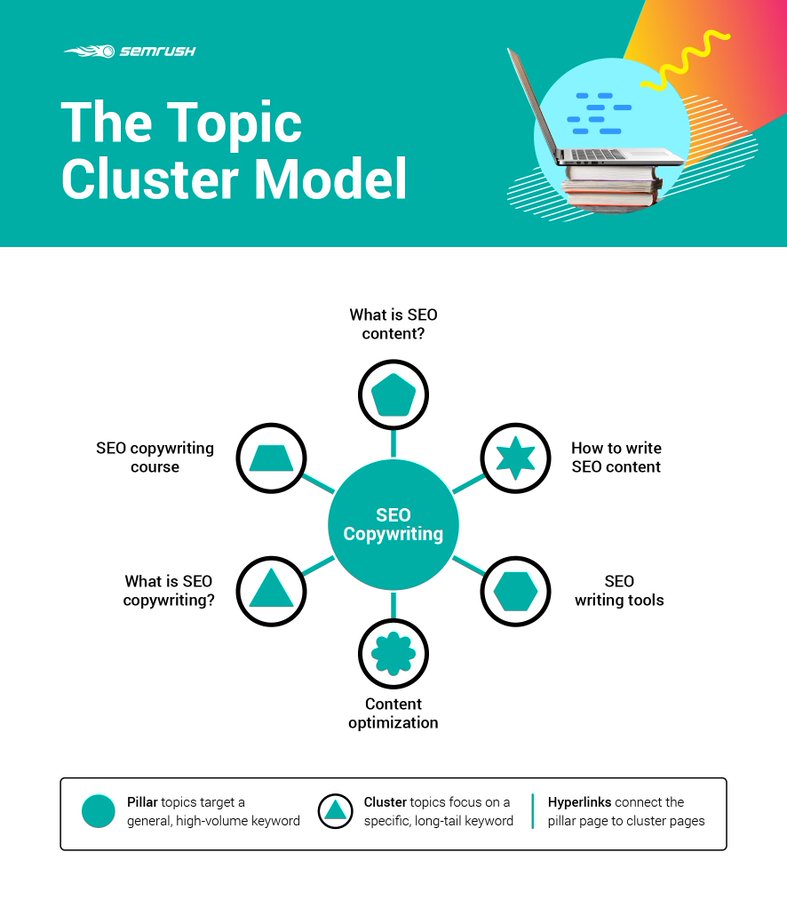
Google Word Trends will help you determine the popularity of keywords on your site. You can determine which terms are more popular than others and follow seasonal trends. This article will explain how Google Word Trends can be used to improve your website's search engine optimization. You should read the following to learn more about its many benefits. These are some helpful tips to get you started.
Google Trends for Keyword Research
SEO is a complex process. If you have been involved in SEO you will know that keyword research is a crucial part of any SEO strategy. Neglecting keyword research could lead to your website not ranking well for search queries. Google Trends Keyword research is a great tool to track the performance and evolution of your keywords. You can use it to find out what topics are most popular in your target market. Keywords from the past are no more relevant. However, you can easily alter your content to reflect these changes.
Trends pages are another useful tool. They display search volume for specific keywords. It allows you to compare search volumes for different keywords and determine which topics are receiving the most traffic. Google Trends highlights keywords that are popular in different regions. The data presented here can be helpful in strengthening your SEO strategy. Google Trends is a powerful tool that allows you to search for specific topics or subtopics.

Google Trends - Track seasonal trends
Google Trends' data is broken down into regions based upon how popular the topics are in various regions. For example, you could look at the volume of regional searches for keywords you want. This will allow you to see global trends in advertising. The percentage of searches related to certain topics within different regions and cities can be used to help you determine which cities and regions will be most interested in certain products.
Tracking seasonal trends with Google Analytics will help you plan your content ahead of time, whether that's during a holiday or other big event. This data can also help you plan your editorial calendar for seasonal events. Google Trends will help you identify keywords with high search volumes. It also allows you to create negative keywords to avoid paying unnecessary fees. You'll be better able to plan your seasonal marketing strategies and make better decisions to increase profits.
Identifying terms not competitive
Using Google's keyword research tool can be helpful when looking for terms with low competition. This tool can be used to find terms that relate to your industry, sector, or subject. Google Trends can provide information on search volume as well as difficulty scores, although it may not offer as much detail as SEMrush. The standard keyword tools do not provide information about variations of a term. To avoid spending too much on keywords with low competition, you can enter keyword suggestions into Google Trends. You'll be able to see if the term is being searched locally.
Once you have compiled your list of terms, it is possible to narrow down the list by region. You can compare trends between different locations to see which terms are the most popular. This will help determine which keywords you should invest in. Once you have narrowed the list, your campaigns can be more targeted. Your campaign will be more successful if it is more targeted.

Analyzing search volumes with Google Trends
One of the ways to determine the popularity of a topic is by looking at the search volumes. Google Trends displays search data according to the percent of interest. A high number means more interest. A topic with a high volume may merit consideration. An extremely low search volume, on the contrary, indicates that the search volume was relatively low.
It is important to research the popularity and searches of terms and subjects that your target audience is using when creating SEO campaigns. Google Trends can show you how popular certain terms or topics are in specific regions or languages. The tool is free to use, up-to-date, and highly relevant. Its graphs will allow you to see which terms have the highest volume. You can also use Google Trends to compare search volumes of various terms.
FAQ
How Can I Get More Traffic From Facebook?
Facebook offers many ways to increase website traffic. One of the best ways is to use Facebook ads. Facebook ads can be used to target specific audiences according to their location, interests, and demographics. You can even set a daily budget and see which posts perform well.
How long does SEO take to get traffic?
SEO can generate traffic in 3-4 weeks. However, it depends on a lot of different variables, which include:
-
Site content (quality)
-
Backlinks
-
Targeted keywords
-
Competitor rankings etc.
If you're new to SEO and want to generate some quick results, try using SEMrush for a free trial. The powerful platform allows you to track all aspects of your SEO campaign including competitor research, backlink profile and top pages. You can also view local listings, organic traffic stats and reports.
How can I create an SEO strategy for my website?
To create an effective SEO strategy, you must first understand what you want and how you intend to achieve it. This will enable you to structure and organize your content around the goals.
The second step in the process is to work on your keywords. Keyword research will give you insight into what people search for when they use specific words. You can then create articles on these topics by using this information.
Once you've written your articles, ensure to include your target keywords throughout them. Each article should be optimized by adding relevant images and videos. If possible, you should also link to other related sites.
Now it's time for you to optimize the content that you have written.
What is an SEO Campaign?
An SEO campaign is a series of activities designed to improve the visibility of a particular webpage or domain name in search engines like Google, Bing, Yahoo, and others. These activities include optimizing the title tags, meta description tags, URL structure, page content, images, and internal links.
Search engine optimization campaigns often begin with keyword research. Keyword research identifies keywords likely to increase organic search traffic. Once keywords have been found, they need to be optimized for the entire site, from the homepage through individual pages.
Statistics
- : You might have read about the time that I used The Content Relaunch to boost my organic traffic by 260.7%: (backlinko.com)
- A 62.60% organic traffic boost to that page: (backlinko.com)
- Sean isn't alone… Blogger James Pearson recently axed hundreds of blog posts from his site… and his organic traffic increased by 30%: (backlinko.com)
- These guides are designed and coded 100% from scratch using WordPress. (backlinko.com)
- 93%of online experiences today begin on search engines. (marketinginsidergroup.com)
External Links
How To
How to choose a SEO strategy that is right for you
The following factors can help determine which SEO strategy is appropriate for your website.
-
Keyword Research
SEO has one primary goal: to rank highly in search engines for specific terms. You should also identify negative keyword phrases that don't relate to your audience.
-
Content Strategy
Content marketing is important for all businesses. It is important for eCommerce sites to rank high in search results pages. This helps drive sales and increases conversion rates.
Constructing relevant and engaging content that solves problems or offers solutions is a must.
-
Link Building
Links help you rank high in search engines. To build lasting relationships with other websites, you should focus on building them.
-
Social Media Marketing
If you have a strong presence on social networks, you might want to use these channels to promote and market your brand. This will encourage others to share your content by sharing it across these platforms.
-
Website Structure
Although it isn't always possible to rank higher, good design can make a difference. A simple, clean layout will improve the user experience which in turn leads to more conversions. You must also ensure that your website loads quickly to avoid users leaving before they complete transactions.
-
Mobile Optimization
Mobile devices account for almost half of internet usage today.If your website isn't optimized for mobile, you could lose out on traffic and potential clients.
-
Local Search
This refers to targeting local markets instead of national ones. It optimizes your website for local searches like "restaurants near me" and "businesses within my area". Local SEO is easier because people trust recommendations from family, friends, and colleagues.
-
Ecommerce Website Development
Ecommerce websites benefit from a range of different types of SEO strategies.For example, they often perform best when they're optimized for both desktop and mobile devices. You can rank higher for longer tail keywords.
-
Video Ranking
Video content performs well on search engines. It ranks well in search engines for long queries and receives more shares.
-
Branding
Branding is the process of designing a logo, product names, and messaging that gives your company its own identity and personality. This helps customers get to know you and what you do.
-
Analytics Software
Analytics software allows you to track how visitors interact with your website.The information gathered through analytics can help optimize your efforts and increase conversions.
-
Email List Management
Email lists allow you to send emails directly to your target audience.You can send messages about new products, special offers, and promotions.
-
Blogging
Blogging is another way to generate quality backlinks. Blog posts that relate to your business will bring you links from reliable sources.
-
Customer Satisfaction
Customer satisfaction is one of the most effective ways to get high-quality backlinks.When satisfied customers refer their friends and colleagues to your site, this will result in quality backlinks.
-
Content Marketing
Content marketing involves producing unique, useful, relevant content that educates, entertains, or inspires readers.
Creating engaging content will help build trust with your target audience and lead to higher conversion rates.